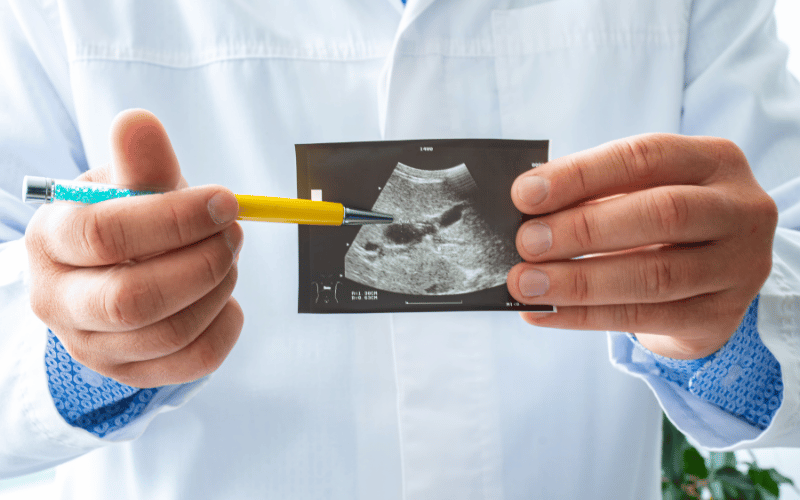Introduction: Shedding Light on Bile Duct Stones and Their Symptoms
Bile duct stones, or choledocholithiasis, often stay in the shadows of mainstream health topics. Yet, their significance in the realm of gastrointestinal health is undeniable.

In this article, we’ll delve into the telltale symptoms that signal the presence of these stones.
These pesky hardened deposits can develop in the bile duct, causing a gamut of symptoms. Some might even mirror other health conditions.
Knowing them can make all the difference. It can pave the way for timely intervention, preventing potential complications.
Whether you’re a healthcare buff, grappling with these symptoms, or simply want to stay informed, this piece aims to offer insights. We will clarify, decode, and lay out each symptom for you. Our goal? To give you a clear roadmap to understanding this condition.
So, let’s jump in. With each symptom, we’ll offer a detailed look, breaking down the nuances and what to watch out for.
1. Persistent Abdominal Pain – A Warning Sign

It’s not just any pain. It’s a distinct, gnawing discomfort often felt in the upper right part of the abdomen. Many report it right below the ribs. This isn’t a fleeting sensation. It lingers, often catching individuals off-guard.
But why does this happen? Bile duct stones can cause blockages. When the liver tries to secrete bile, these obstructions create pressure. It’s this very pressure that culminates in the persistent abdominal pain many feel.
Interestingly, the pain might ebb and flow. It could flare up post a heavy meal when bile secretion goes into overdrive. Over time, ignoring this symptom could exacerbate the condition, making interventions more challenging.
For those experiencing this pain, a consultation with a healthcare professional is vital. They can pinpoint the cause and recommend appropriate next steps. (1)